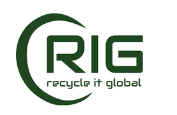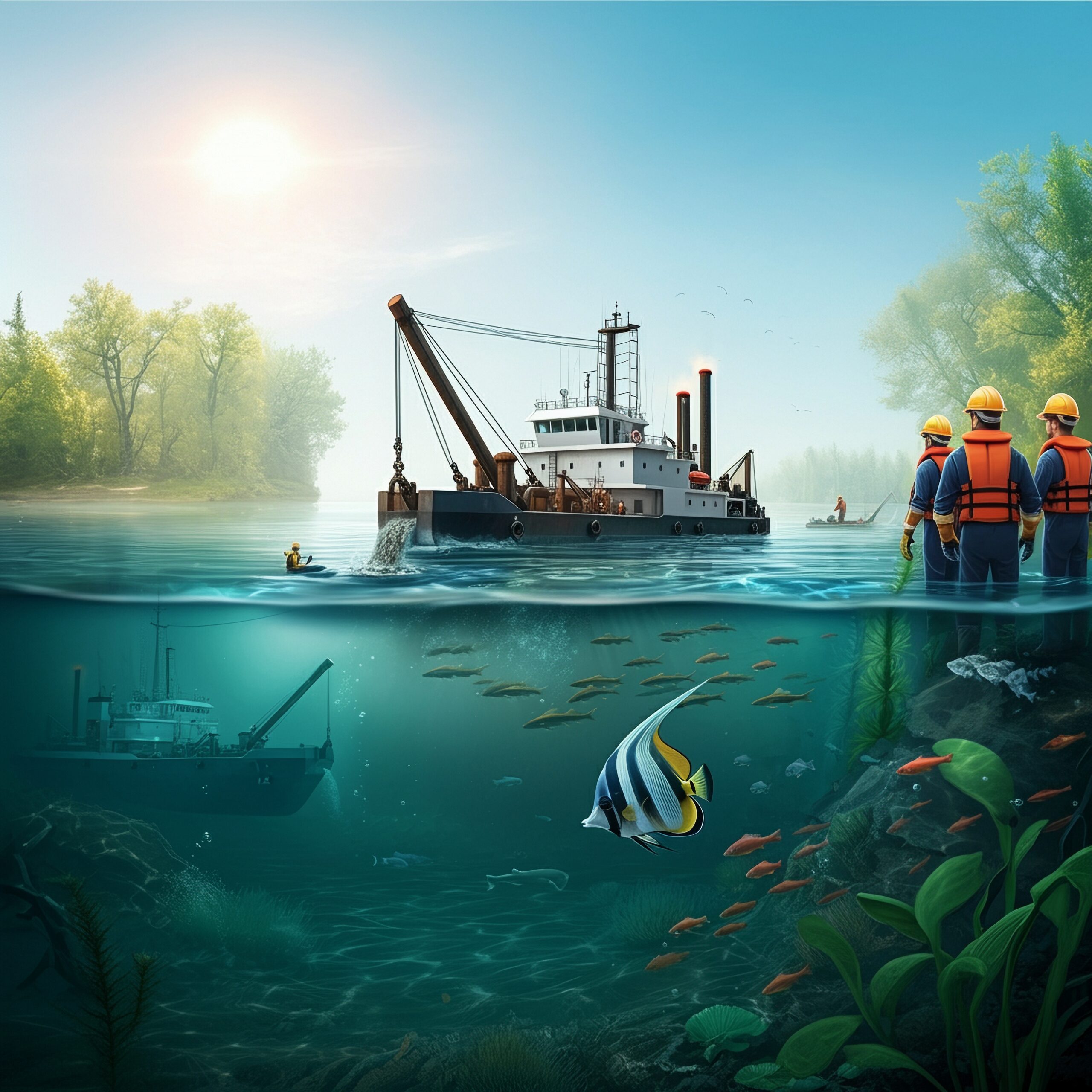Dredging has long been a critical process for maintaining navigable waterways, ensuring safe passage for vessels, and protecting coastlines from erosion. However, traditional dredging practices often raise significant environmental concerns, including disruption to marine ecosystems, water quality degradation, and the potential for sediment contamination. As our understanding of these impacts grows, so does the urgency for sustainable dredging practices.
Fortunately, recent technological advancements and innovative methods are paving the way for an eco-friendlier approach to dredging. This blog will explore innovative solutions that minimise environmental impact while still meeting navigational needs, ensuring that our waterways remain safe and accessible.
New Methods for Sediment Processing
1. In-Situ Treatment Technologies
One of the most promising advancements in sustainable dredging is the development of in-situ treatment technologies. Instead of transporting dredged material for off-site treatment, these methods treat contaminated sediments right where they are dredged. Techniques such as chemical stabilisation and bioremediation can effectively reduce the toxicity of sediments, making them safer for disposal or reuse.
For instance, bioremediation utilises microorganisms to break down harmful contaminants in sediments, converting them into less toxic substances. This approach not only helps mitigate environmental risks but also significantly reduces transportation costs and emissions associated with moving dredged material.
2. Sediment Reuse and Repurposing
Innovative approaches to sediment management focus on reusing and repurposing dredged materials. Rather than disposing of sediments at sea, cities and ports are increasingly exploring options for utilising dredged material in construction projects, habitat restoration, or beach nourishment.
For example, dredged sand can be used for land reclamation, creating new coastal areas or expanding existing ones. In Plymouth with RIG, sediments are processed to create eco-friendly building materials, reducing the demand for virgin materials and minimising waste.
Conclusion: Toward a Sustainable Dredging Future
As the demands for navigable waterways continue to grow, so does the need for innovative solutions in dredging practices. The shift toward sustainable dredging is not only crucial for protecting our marine ecosystems but also essential for ensuring the longevity of our coastal infrastructure.
By adopting eco-friendly dredging techniques, exploring new sediment processing methods, and learning from successful case studies, we can work toward a future where dredging and environmental stewardship go hand in hand. As we embrace these advancements, the industry can help protect the health of our oceans while meeting the navigational needs of communities around the globe.
https://www.sednet.org/download/poster%202%20-%20Thomas.pdf
Written by Alisha Harris, Marine Scientist at Recycle it Global Ltd

